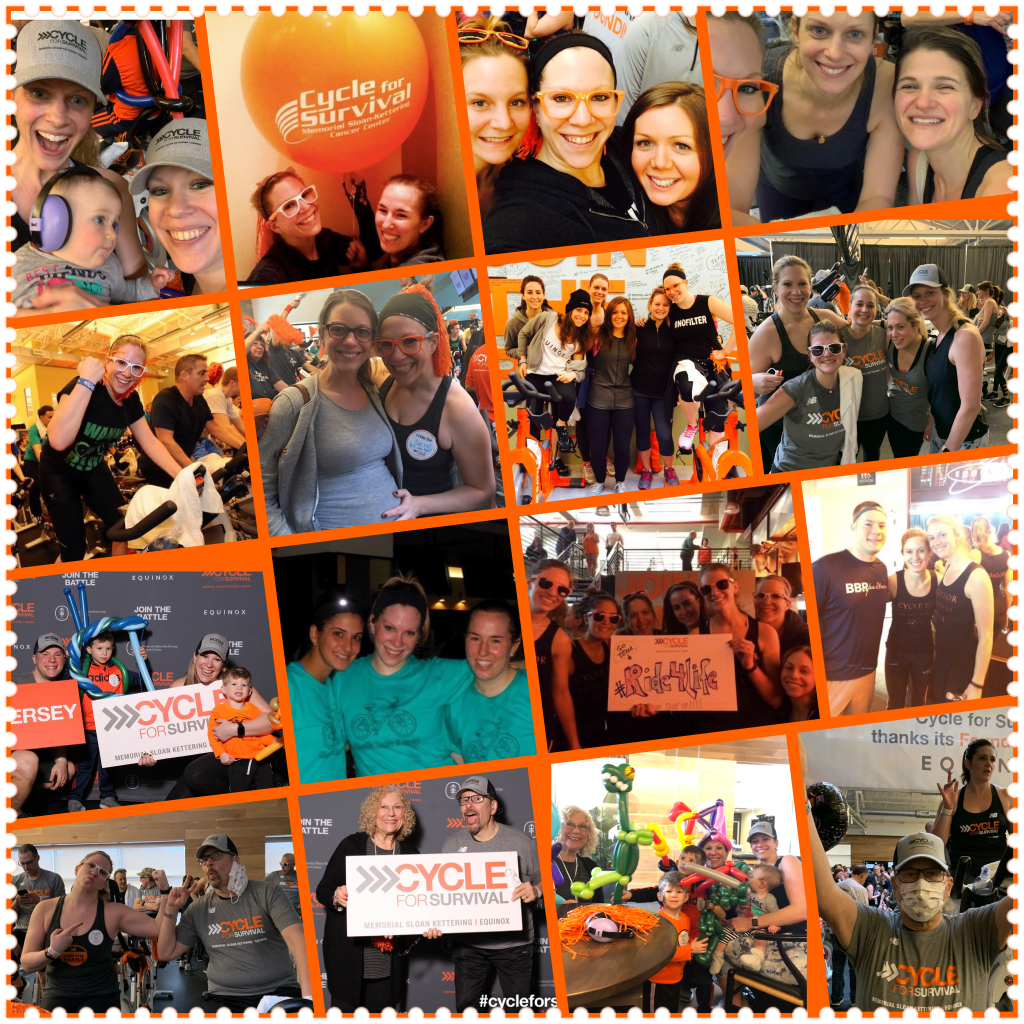The pandemic put content center stage, reminding many marketers that they must develop content that includes purpose, context, creativity, and integrity. To do so, content must add value and enhance the conversation with brands’ target audiences to facilitate engagement. It’s clear that people are looking for ways to be inspired and entertained, making it even more important for content marketers to find creative ways to connect with their audiences.
Content Marketing Institute (CMI) and MarketingProfs released their 12th annual B2B Content Marketing Benchmarks, Budgets and Trends Report last month which portrays an encouraging and optimistic future ahead for content marketing. The research within the report confirmed what many of us already knew: content marketers are some of the fiercest business pros around. In the most difficult of times, they get the job done– and many come through more creative and stronger than before.
I wanted to break down some of the key themes highlighted in this report.
Video and Events Present Prime Opportunities for Engagement
Ninety percent of content marketers say that short articles and posts (such as blogs) have been within the mix this past year. That is followed by videos (66%), virtual events/webinars/online courses (64%) and case studies (61%). But which tactics produce the best results? Virtual events, webinars, and online courses were named by 58% of respondents as a top performer (including 66% of those categorized as “most successful”) and research reports and short articles/posts were tied for second at 48%.
B2B marketers remain at a critical inflection point as we prepare for the future of events. The pandemic rapidly accelerated the digitization of events, profoundly changing the live events industry as we knew it. I maintain that most events and conferences will remain virtual until the end of 2022, but agree that the opportunity for virtual events, webinars and online courses showcases the importance of virtual and hybrid events as a MUST next year.
Given the results of the survey it’s no surprise that the top two planned areas of investment for next year are video and events. It’s clear that content marketers are looking for ways to more immersive engagement with their audience within a fundamentally altered environment. The good news for content marketers is that there are several opportunities to keep virtual events as an integral part of fostering connection and engagement.
Earlier this year I wrote an article for InEvent about the 6 Mistakes to Avoid When Planning Your Virtual Event which discussed the importance of developing great content. When you begin planning your virtual event, it’s important to remember that content is often viewed hand in hand within the overall program. That is why it’s so important to take the time to put together a cohesive look and feel and ensure you’ve outlined branding for your online event. Make sure that the content you develop promotes your speakers, sponsors, and every aspect of your program. Eye-catching and captivating promotional materials are key.
LinkedIn Remains King for Organic and Paid Social Media
It’s no surprise that LinkedIn is the top social media platform to distribute both organic and paid B2B content. It’s a viable content marketing platforms and when content is relevant for the proper audience and complimentary to the features of LinkedIn it can really pay off in the end.
B2B content marketers in this survey rated it as the most effective for both organic and paid social media. When it comes to producing results with paid social media, LinkedIn was ahead of the next-highest rated platform by 25 percentage points. For organic results, the chasm is even wider.
Overall, more than three-quarters of practitioners said their paid distribution spending has either increased or remained steady. Social media advertising and promoted posts were the most common paid distribution tactic (77%), beating out search engine marketing and pay-per-click (65%).
Content Marketing Budgets Are Rising
Although the pandemic brought a lot of businesses uncertainty, many haven’t pulled back their content marketing investments, which was at one point considered “discretionary” spending. Forty-three percent of respondents familiar with their organization’s spending said their content marketing budget increased in 2021 compared to 2020. Meanwhile, 66% say they expect their content marketing budget to grow in 2022. Very few saw decreases in budget this year or expect them next year.
The Top Marketing Challenge Ahead
Creating content which appeals to multi-level roles within the target audience and accessing subject matter experts to create content are still a major challenge. It may be because more marketers are leveraging content collaboration tools, or because so many people have been changing jobs over the last 18 months.
This challenge can be compounded if content marketers only focus on creating content that appeals to those in the C-suite, as research from Netline Corporation shows that the vast majority of content consumption happens within roles outside the C-suite. Marketers must find relevant subject matter experts in 2022 to develop relatable content appealing to numerous roles within their target audience.
I discussed the future of content generation on my blog and just like any other content marketing strategy, repackaging content is all about consistency. I recommend brands create 2-3 additional content assets whenever they publish a new article, such as developing a piece of audio content, adding a voice over, or turning a presentation into a video. Through videos, user generated content, and a variety of content types they can begin to home in on what content resonates most.
Despite the challenges of the recent past, it’s an exciting time to be a content marketer. With new approaches and channels to develop content and engage with audiences, refreshed budgets and agreement that content is king, it’s clear that there is a world of opportunity for B2B content marketers in 2022.
















